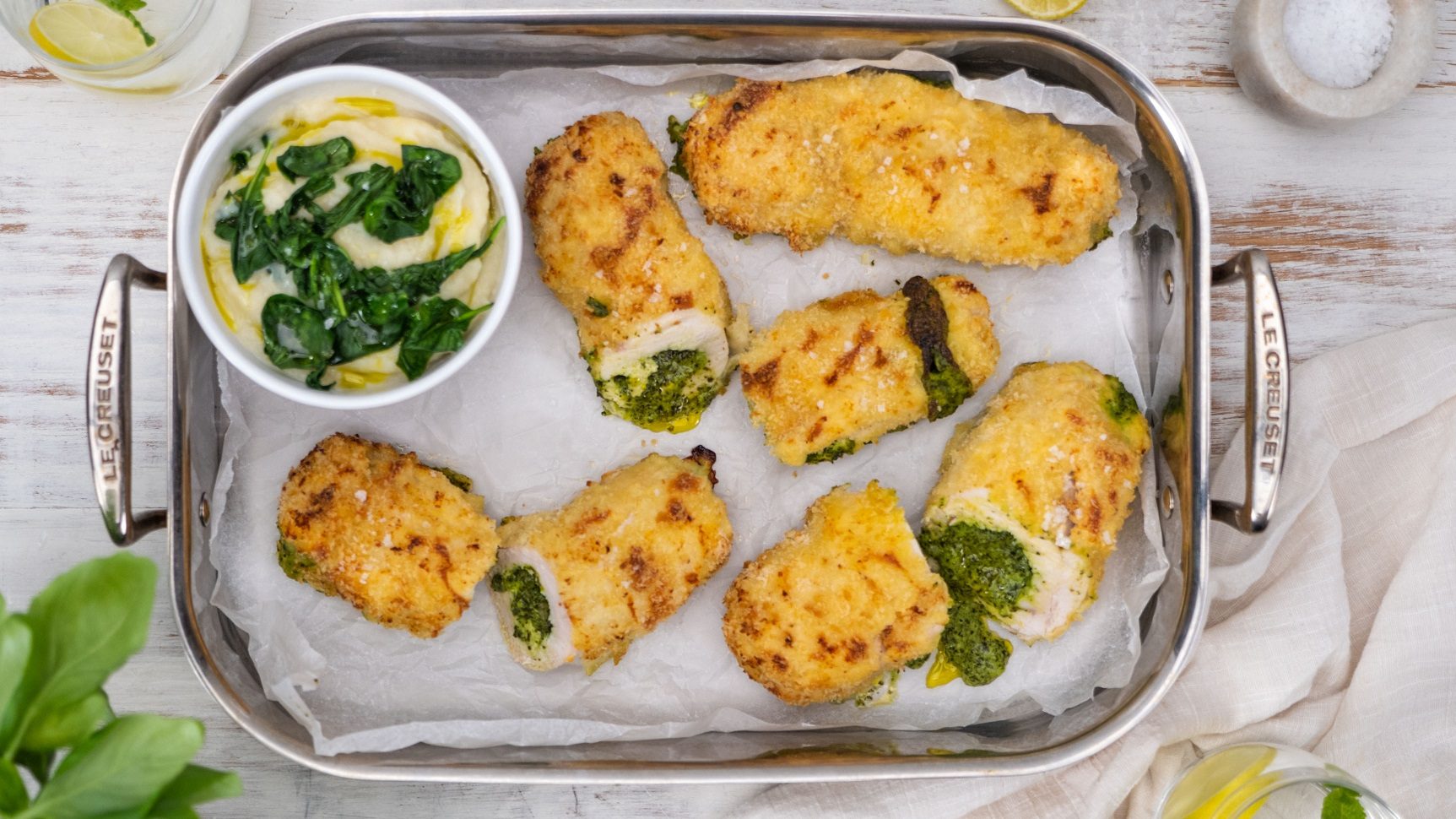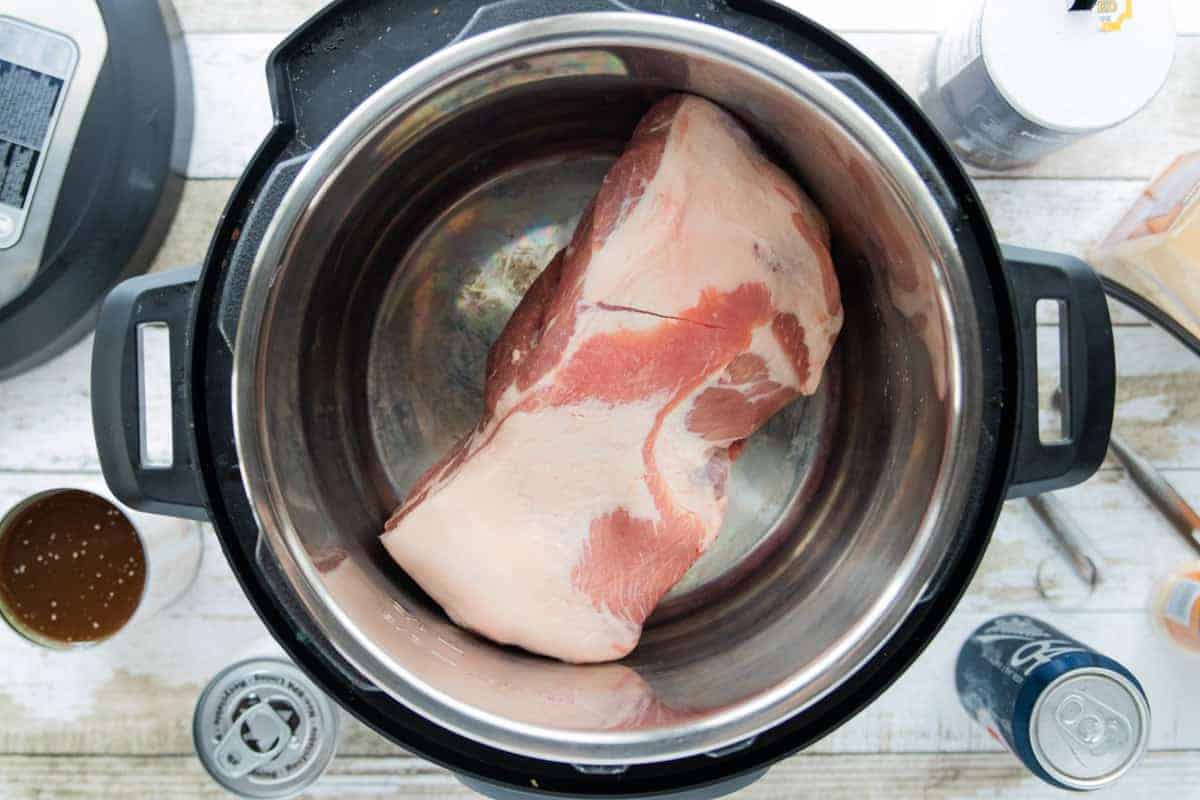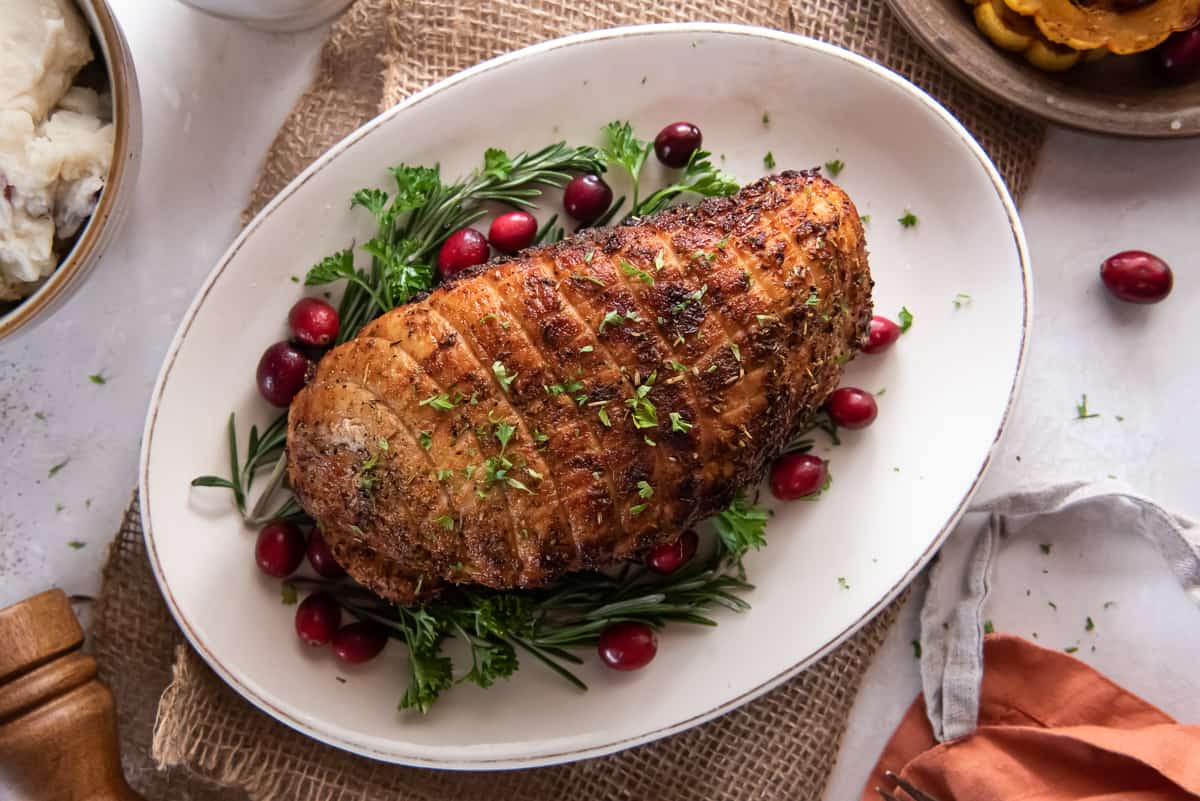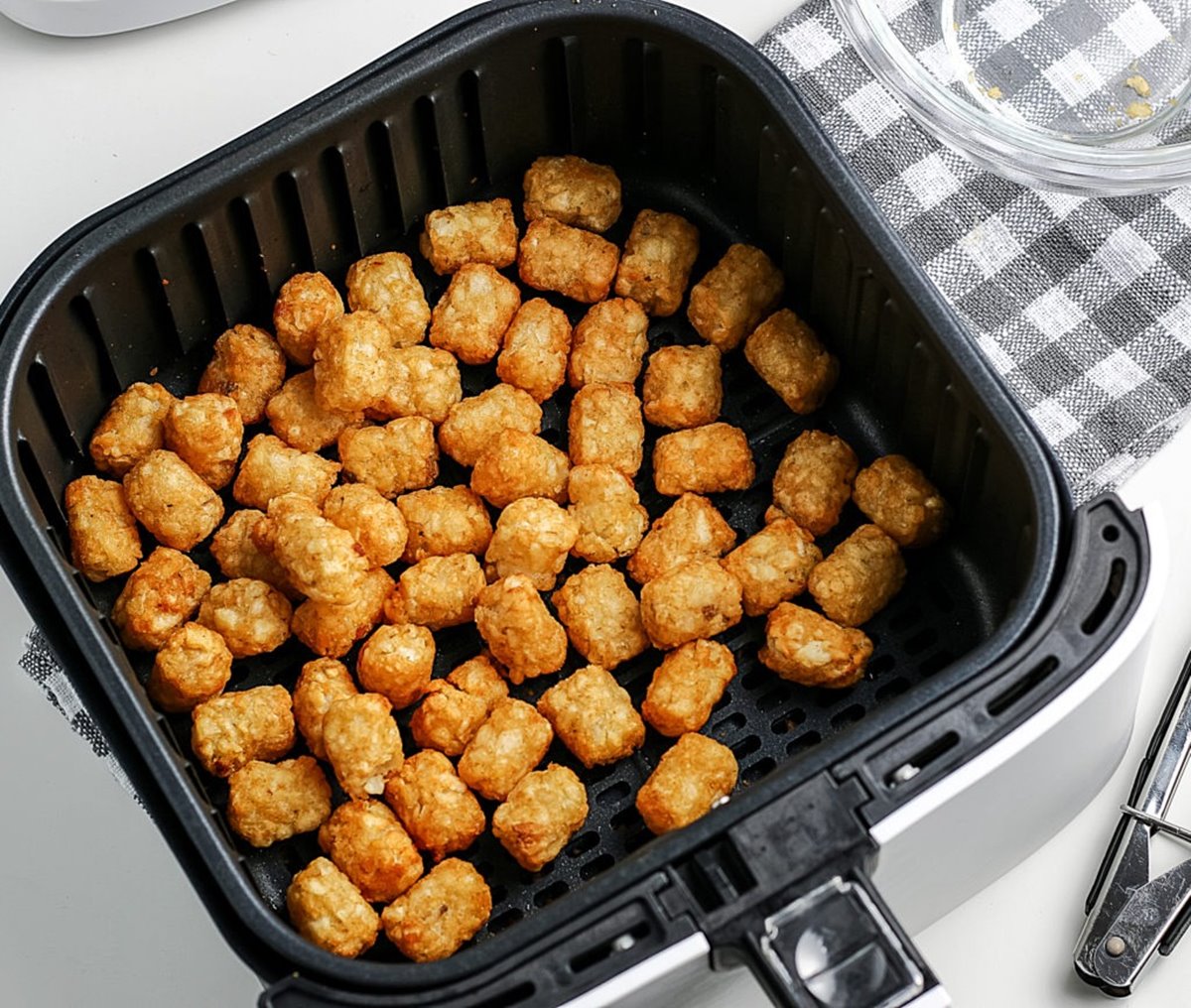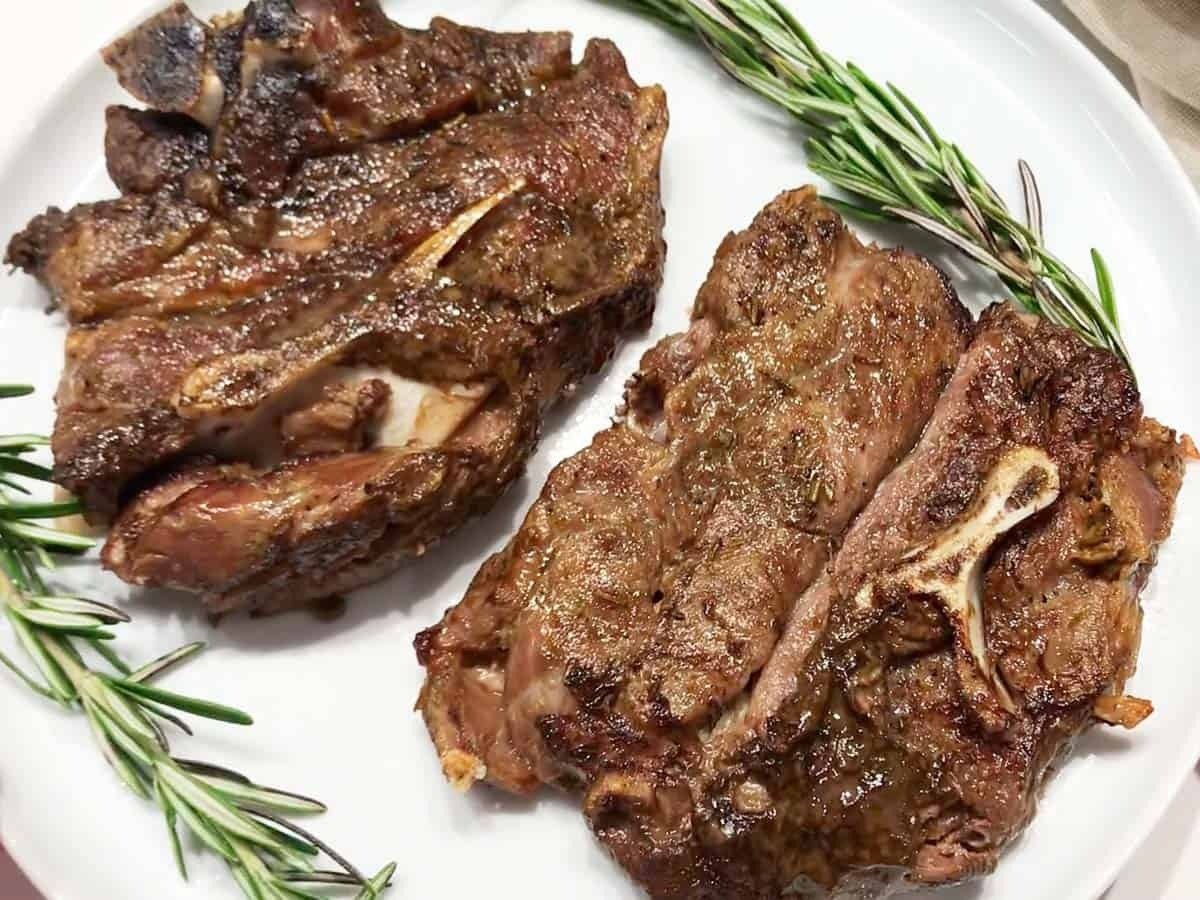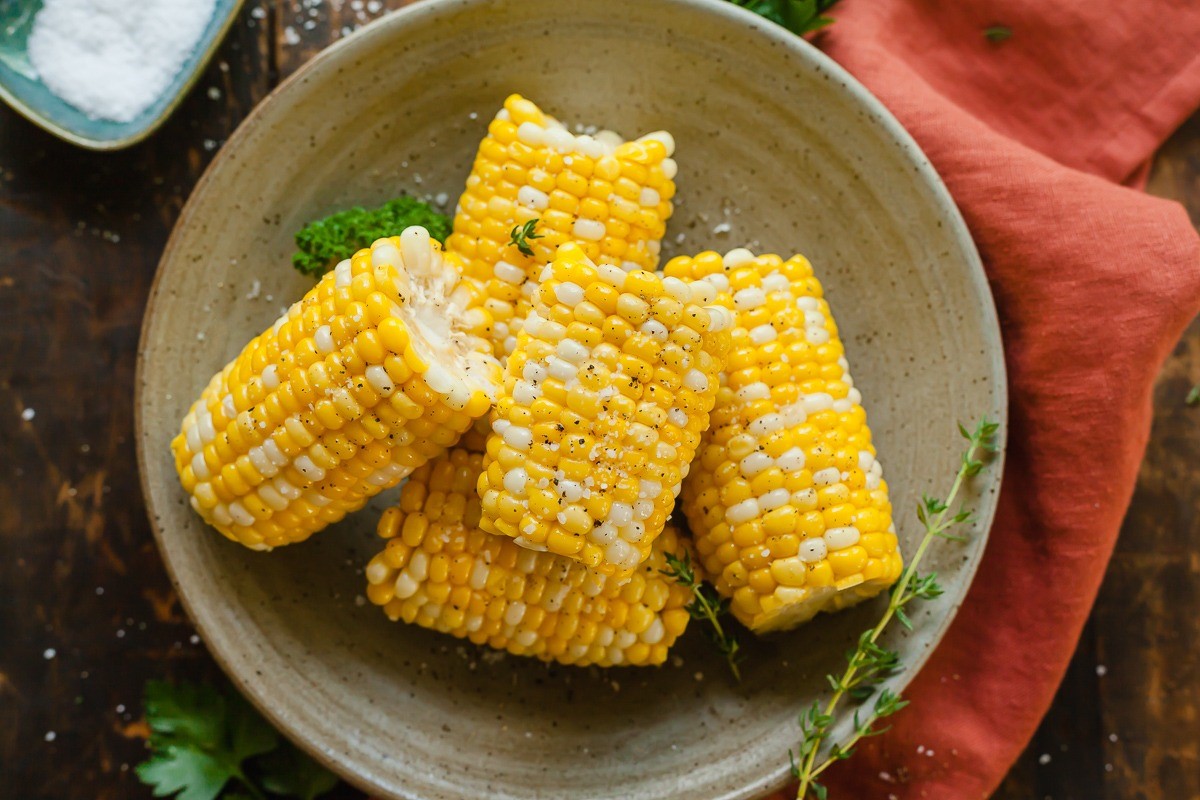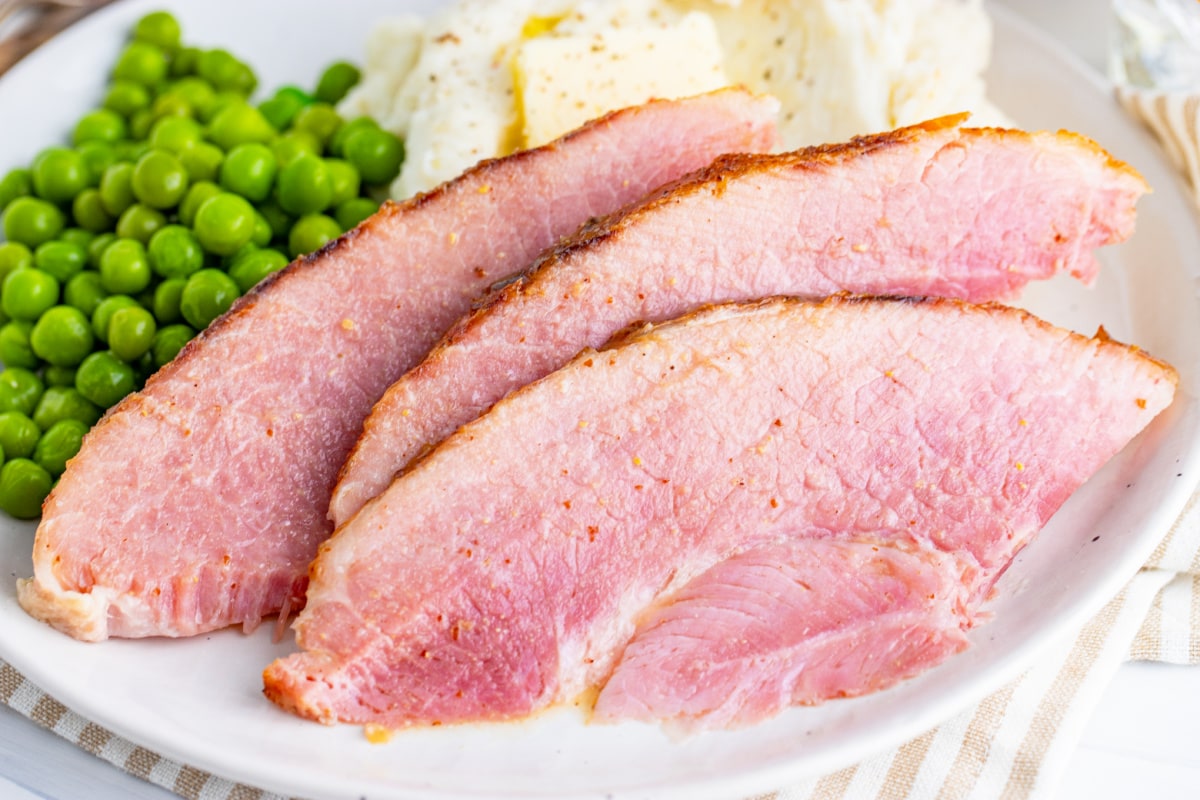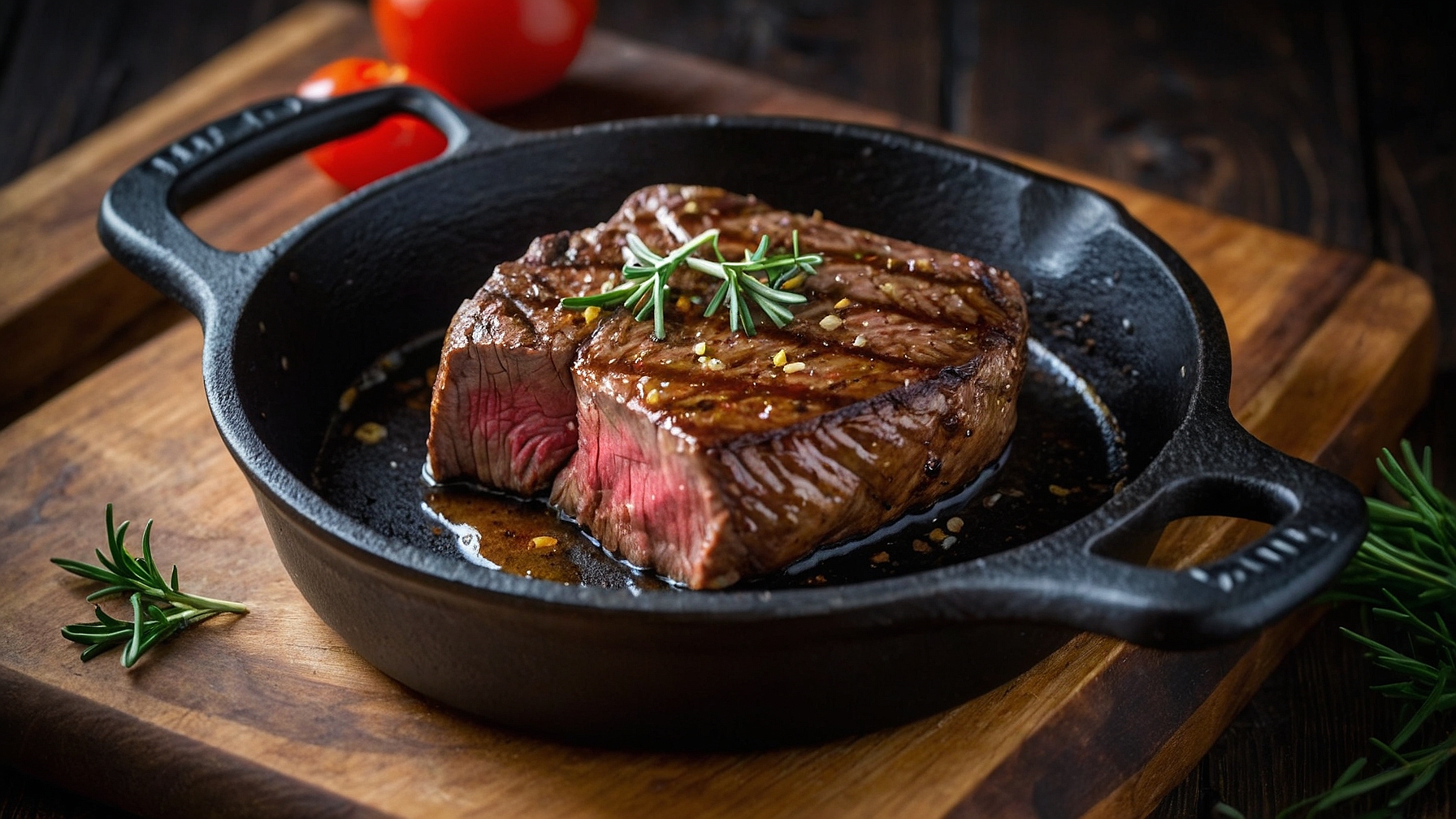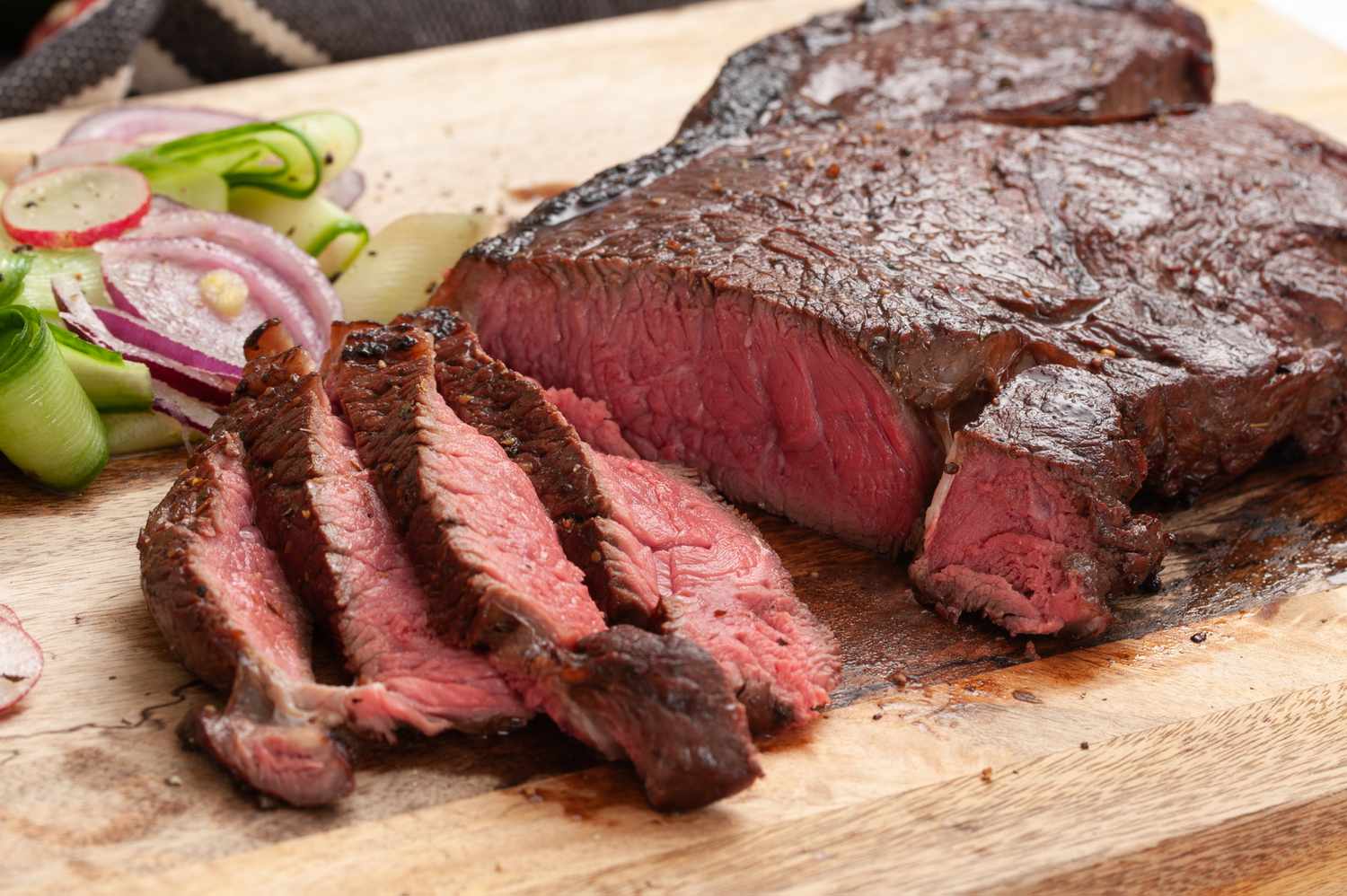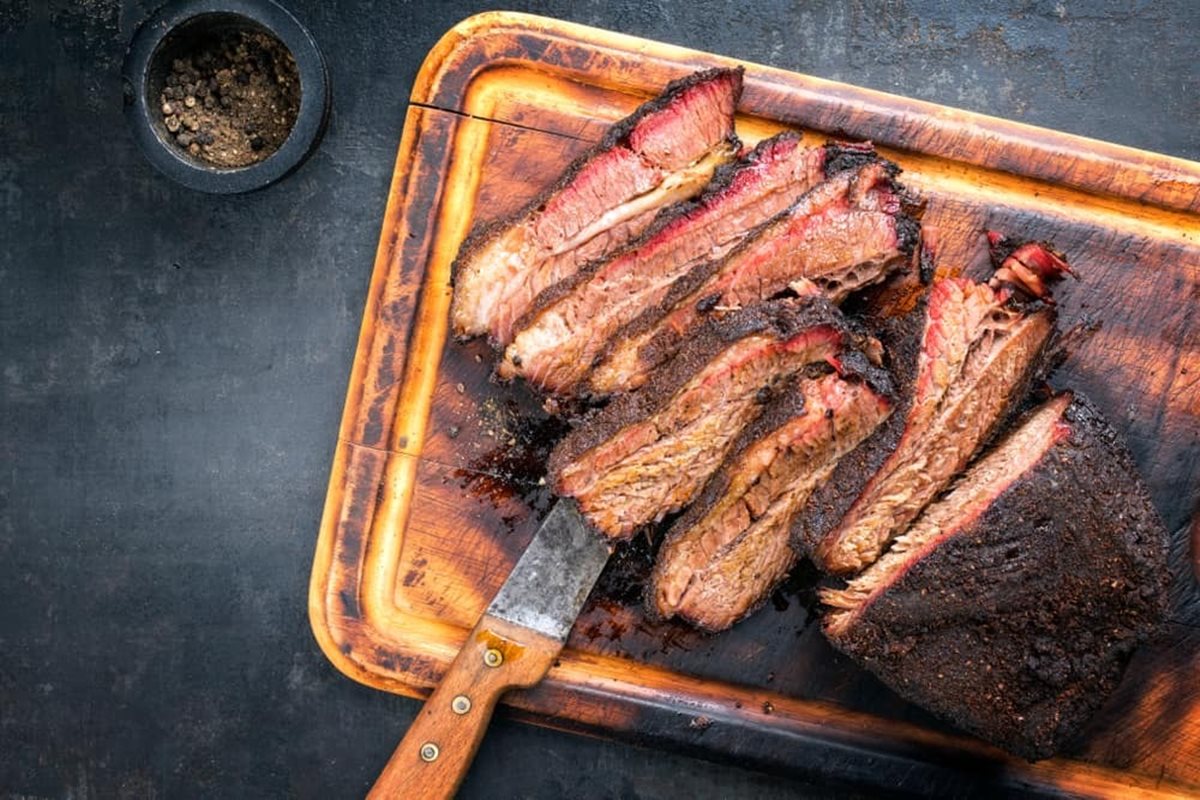Cooking in a clay pot might seem like stepping back in time, but this ancient method brings out flavors in food that modern techniques can't match. Clay pots, made from unglazed earthenware, offer a unique way of cooking, slowly circulating steam and retaining nutrients. Whether you're simmering stews, baking bread, or roasting vegetables, the porous nature of clay allows heat and moisture to combine gently, enhancing the natural taste of ingredients. Before diving into this culinary adventure, understanding the basics—like seasoning your pot and adjusting cooking times—is key. Ready to transform your meals with a touch of tradition? Let's get started.
Gather Your Ingredients
- Whole chicken (about 3-4 pounds)
- Salt
- Black pepper
- Olive oil
- Garlic cloves, minced
- Fresh rosemary
- Fresh thyme
- Lemon, halved
- Onions, quartered
- Carrots, chopped
- Potatoes, quartered
Essential Tools for Your Culinary Adventure
- Clay Pot: Essential for this cooking method, providing unique flavor and moisture retention.
- Lid for Clay Pot: Keeps steam and flavors locked in during cooking.
- Oven Mitts: Necessary for handling the hot pot and lid.
- Brush: For oiling the pot before use to prevent sticking.
- Wooden Spoon: Ideal for stirring ingredients without scratching the pot.
- Measuring Cups and Spoons: For precise ingredient measurements.
- Knife: For chopping or slicing ingredients.
- Cutting Board: Provides a safe surface for food preparation.
- Thermometer (optional): Helps in checking the internal temperature of cooked dishes.
- Trivet or Heatproof Mat: Protects surfaces from the heat of the pot when serving.
Cooking in a clay pot requires soaking both pot and lid in water for 15 minutes before use. This process helps in heat distribution, ensuring your food cooks evenly and retains moisture.
The Importance of Cooking in a Clay Pot
Cooking in a clay pot is more than just a culinary method; it's a tradition steeped in history. This technique, dating back thousands of years, uses natural materials to enhance flavors, ensuring dishes are succulent and aromatic. Heat distribution is even, making every bite consistently delicious.
Clay pots also offer health benefits. Unlike metal cookware, they don’t leach chemicals into food. Instead, they introduce a variety of minerals like calcium and phosphorus, enriching meals nutritionally. This method promotes slow cooking, preserving nutrients that high heat often destroys, making meals healthier.
Your Step-by-Step Culinary Guide
Step by Step Guide: How To Cook In A Clay Pot
-
Soak Your Clay PotBefore using, immerse both the lid and base of your clay pot in water for at least 15 minutes. This step ensures the pot absorbs enough moisture to create a steamy environment inside during cooking, which helps in keeping your food moist.
-
Prepare IngredientsWhile your pot soaks, get your ingredients ready. Since clay pot cooking is a slower process, cut ingredients into uniform sizes to ensure even cooking. Marinating meats or vegetables can also add extra flavor.
-
Preheat OvenContrary to cooking with metal pots, do not place a clay pot in a hot oven. Instead, put your filled clay pot in a cold oven, then set the temperature. This gradual increase in heat prevents the pot from cracking. Preheat your oven to the recipe’s suggested temperature.
-
Avoid High HeatClay pots are ideal for slow cooking over low to medium temperatures. High heat can crack the pot, so never set the oven above 400°F (205°C). Cooking at lower temperatures also allows the flavors to meld together better.
-
Use Oven MittsAfter cooking, remember that clay pots retain heat for a long time. Always use oven mitts when handling the pot, even several minutes after removing it from the oven.
-
Avoid Sudden Temperature ChangesNever place a hot clay pot on a cold surface, such as a cold countertop or sink. This can cause the pot to crack due to thermal shock. Instead, place it on a wooden board or trivet.
-
Cleaning Your Clay PotWait for the pot to cool down completely before cleaning. Use warm water and a soft brush or sponge to clean it. Avoid using soap as the porous clay can absorb the soap, leading to soapy-tasting food next time you cook. If there are stubborn stains, soak the pot in baking soda and water solution for a few hours before rinsing.
-
Dry and Store ProperlyAfter washing, dry your clay pot thoroughly before storing. Any moisture left can lead to mold or mildew. Store your pot with the lid inverted on the base, allowing air to circulate and prevent any mold growth.
Mastering Clay Pot Cooking
Cooking in a clay pot transforms simple ingredients into deeply flavorful dishes. Embracing this ancient method allows for healthier meals, as less oil is needed and nutrients are better preserved. Remember, always start with a soaked pot to prevent cracking and ensure even cooking. Gradually heating and cooling your clay cookware will extend its life, making it a cherished tool in your kitchen for years. Experiment with various recipes, from hearty stews to tender, juicy meats, and discover the unique taste that only clay pot cooking can offer. With practice, you'll find this method not only simple but also incredibly rewarding. So, grab your clay pot and let the adventure begin.
Discover More Recipes and Ways to Use Your Clay Pot
After mastering the basics of cooking in a clay pot, it's time to put those skills to the test with a variety of global recipes that highlight the versatility of this traditional cooking method. For a taste of North Africa, the Moroccan Chicken Tagine Recipe offers a delightful blend of spices and tenderness, making it a must-try. If you're in the mood for something hearty, the Hungarian Beef Goulash Recipe uses slow-cooking to perfection, enriching the flavors of the beef and paprika. Vegetarians can revel in the Rustic Ratatouille Recipe, where the slow cooking in a clay pot brings out the natural sweetness of the vegetables. These dishes are not only delicious but also showcase how clay pot cooking can be adapted across various cuisines to enhance the dining experience.
All Your Questions Answered
What's so special about cooking in a clay pot?
Cooking in a clay pot isn't just about whipping up meals; it's an adventure into traditional cooking methods. These pots, known for their porous nature, allow heat and moisture to circulate more evenly. This means your dishes come out more tender and flavorful, as if they've been infused with a touch of history and earthiness.
Can I use my clay pot in any type of oven?
Sure thing, but with a bit of caution. While clay pots are versatile, they're best suited for ovens that heat gradually. Avoid shocking your pot with sudden high temperatures, especially if it's unglazed. Start with a cold oven and let both heat up together to prevent cracking.
How do I prep my clay pot before its first use?
First off, give it a good soak. Submerge both the lid and base in water for at least 15 minutes. This soaking is crucial for ensuring your pot retains moisture, leading to juicier, more succulent dishes. After soaking, you're all set to start cooking.
What are some clay pot cooking tips?
Keep in mind, slow and steady wins the race. Clay pots excel with slow cooking methods. Think stews, casseroles, and braised dishes. Also, resist the urge to peek. Every time you lift the lid, steam escapes, reducing the overall moisture of your dish.
How do I clean my clay pot after cooking?
Patience is key. Let your pot cool down completely before cleaning. Avoid harsh detergents; a baking soda paste is gentle and effective for removing stubborn bits. For a thorough cleanse, soak it in a mixture of water and vinegar. This not only cleans but also helps remove any lingering odors.
Can I store leftovers in my clay pot in the fridge?
While tempting, it's not the best idea. Clay pots are better off left out of cold environments post-cooking. Transferring from heat to cold too abruptly can weaken the structure. Instead, transfer leftovers to a different container for refrigeration.
Is there anything I shouldn't cook in a clay pot?
High-heat searing or frying isn't clay pots' forte. Their magic lies in moist cooking methods. Also, acidic foods can wear down the pot over time, especially if it's unglazed. Stick to recipes that call for slow cooking to truly let your pot shine.
Was this page helpful?
Read Next: How To Cook Boneless Pork Ribs In Crock Pot
